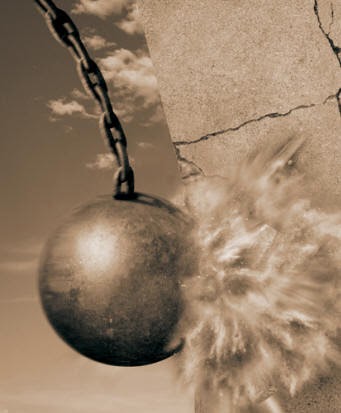The Dairy Dilemma
The growth of dairy industry in New Zealand has been likened to a gold rush. Production has risen 77% over the past twenty years and the number of dairy cattle has doubled (3 million in 1989 to 6 million in 2009). The total export value of the dairy industry has increased by over $5 billion in the last four years ($15.5 predicted for this year). We only account for 2% of total world milk production but because we have a small population, and domestic consumption is limited, New Zealand accounts for around one third of cross-border trade in dairy products.
Sadly there is a downside to dairy expansion, the cost to the New Zealand environment has been considerable. In many regions the growth of the industry has been so dramatic that it caught local authorities on the hop and there were not the regulatory controls or monitoring systems in place to manage the growth. In Southland many dairy farms were consented on land not suited for the purpose and water quality plummeted to the extent that it became the major local issue for the 2011 election. Almost 90% of Southland rivers were rated as poor to very poor and an internationally regarded wetland was close to flipping because of the increase in nutrients and sediment flowing into it.
New Zealand's desperate need for export earnings has made the dairy industry an economic golden goose and those, like Mike Joy, who have spoken out about the environmental costs have been attacked as traitors. The recent botulism scare saw New Zealand's environmental credentials being questioned and Dairy NZ and many farmers have made some solid efforts in improving industry practice in an attempt to lose the "dirty dairying" label. However with every effort to lift environmental practices there is more money being poured into expanding the industry.
The lack of balance shown in weighing environmental costs with economic benefits has been recently exposed through the consent process for the Ruataniwha Dam. It appears than any scientific opposition to the irrigation scheme, designed to support greater dairy intensification, was been blocked.
In today's Southland Times the editorial and a lead article highlighted the dairy dilemma. The article celebrated the improved compliance from dairy farmers in managing their effluent. While this is indeed worth celebrating it does provide a false sense of security because the compliance mainly relates to dairy shed effluent and which is only about 10% of what is produced. The bulk of what is excreted by dairy herds gets deposited on the paddocks and much of it gets washed into our rivers when it rains. Environment Southland warns people to avoid contact with our rivers after any rainfall because of the rapid rise of fecal coliforms and toxic sediment.
The editorial expressed concern about the rapidly declining state of our estuaries that are being steadily suffocated by polluting sediments largely washed from farms. The suffocation of our estuaries is a real worry because of the importance of these environments for the aquaculture industry and as nurseries for commercially important fish. Estuaries are considered one of the most productive ecosystems on earth and it appears that by expanding one industry we are actually killing off another.
By investing so heavily into the expansion of our dairy industry we are effectively losing the resilience of a mixed economy and are exposing ourselves to the potential risks that come with boom and bust economies. If the worst happens we will be left with a hugely compromised environment and limited options for other industries to fill the vacuum. Our dependence on the dairy industry is becoming an addiction that we need to acknowledge and manage appropriately.




Comments